Care of the Persian cat

Card of the animal: Persian
El Persian cat, with its majestic appearance and its elegance is one of the best known and most appreciated cats, both for its beautiful hair and snub nose as endearing as for its character. It is indeed an affectionate cat of very calm and affectionate: he likes cuddling a lot.
But because of its morphological characteristics the Persian cat requires daily care and when purchasing a Persian cat it is important to know that we are going to have to dedicate time to give you the care and attention you need.
In this article we are going to tell you and explain in detail the Persian cat care.
The Persian cat wears a long and abundant hair you need daily care: every day you should brush the Persian cat with a flat brush with plastic bristles. You can also use a metal brush with round barbs to avoid damaging your sensitive skin.
You must accustom the cat since he is young so that it becomes a moment of relaxation, it should be like a massage for our cat and it is an excellent opportunity to share a moment with our cat. The objective is to undo any possible knots that may have formed and prevent new ones from forming, as well as eliminate all dead hairs: it is common for the Persian cat to lose a lot of hair in each brush.
If you do not brush every day knots will form and the only option that we will have is to cut the knot, leaving an area of your body with very short hairs, spoiling your coat so beautiful and elegant.
But in addition to this aesthetic consequence, it could have an even more serious consequence: our cat licking itself to clean itself will engorge all the dead hairs that we have not removed since we have not brushed it. They will form then trichobezoares: they are hair balls in the intestinal tract. In the best case the Persian cat will vomit the ball of hair, at worst it could cause an intestinal obstruction and could suppose a medical emergency.
In addition, the long hair of the Persian cat, if it is poorly maintained, could become a nest for fleas. Both to maintain your beauty and your health is important brush our persian cat daily.
You can also wash your Persian cat every 2 or 3 months more or less according to their way of life, never more than once a month and always with a specific shampoo for cats to respect the pH of their skin and not irritate.
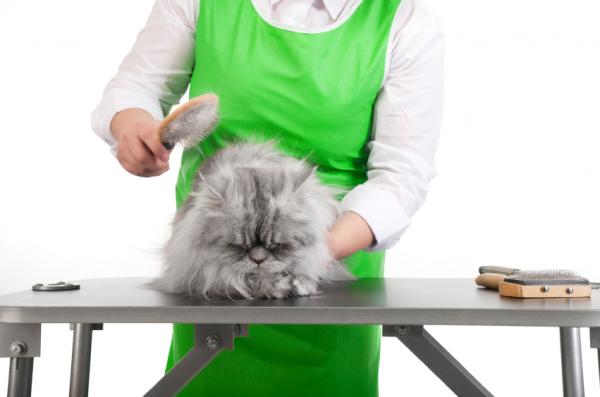
The eyes
The eyes of the Persian cat tear, this one tearing It is more or less abundant according to the cat and the seasons, but in all cases they should be cleaned every day with cotton cleanser or soft toilet paper wet in water. Apply the soft paper moistened just below the lacrimal area and the inner corner of the eye gently removing secretions accumulated just below the eye and outside the entire eye, then dry with a soft dry and clean paper.
We will change paper for each eye to avoid soiling one eye with the other’s secretions, or transporting microorganisms from one eye to the other.
It is very important to perform this daily task because if we do not clean the eyes of our Persian cat, the abundant tear secretion of the Persian cat will accumulate and form a fair crust and many times it will not be enough to moisten this crust to remove it but we will have to scratch a little, leaving then the skin of this area very irritated and with a small wound that will irritate with the new tear secretions of our cat.
In many Persian cats, tear secretion is so important that this task must be performed up to 2 times a day. If you notice that the tears start to show a reddish area, go to a pet store to get a specific antioxidant product.
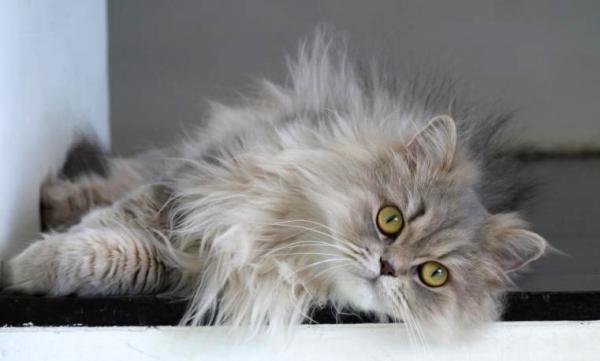
Persian cats produce more or less cerumen according to cats, as a rule it is advised to perform a cleaning of the ears weekly to avoid the presence of mites, fungal infections or bacteria and also to keep our cat accustomed to this procedure.
With soft toilet paper wet in water We will clean all the external pavilion on its inner side, we can use a swab to clean the furrows of the ear, but we should never introduce the swab in the ear canal, if we have doubts it is better to simply use toilet paper.
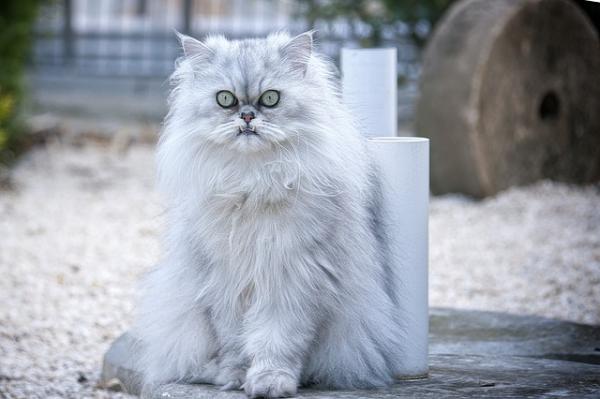
The claws
The nails of the Persian cat should be trimmed every 2 weeks approximately, it is something to which the cat must be accustomed since it is tiny. We also recommend that you trim your claws just before washing them to facilitate handling.
It is often said that Persian cats are sedentary cats that live inside the house only. But many are so curious and adventurous Like other cats and go out to the garden and to hunt like any cat, if it is the case of your Persian cat, keep in mind that if there are other cats in the neighborhood, in case of cats fighting, your Persian cat with its flattened nose could not defend yourself so well because it does not allow you to bite, and you could be the victim of bites from other cats. Prevent your cat from walking outside without supervision and avoid any possible aggression.
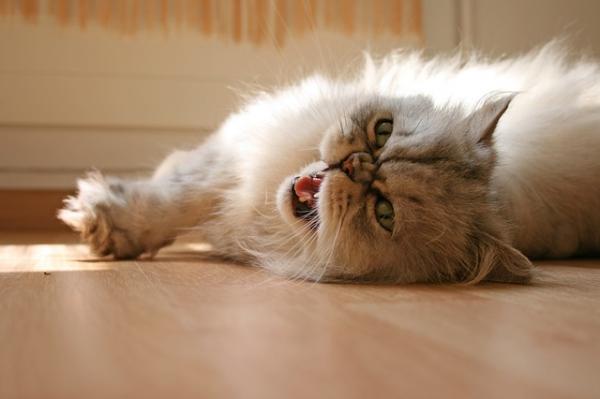
Feeding
Because of their way of life sedentary The Persian cat tends to gain weight easily which can lead to heart problems and has a higher risk than other races of suffering from urinary stone problems, therefore it must have a balanced diet.
To reduce the risks of overweight and urinary stones, we should have our cat play for physical exercise, feed his food at fixed times and “unlimited”, and we should avoid acidifying feed. We encourage you to discover tricks for exercise for obese cats or how to prevent obesity in cats.
The care of the Persian cat is very important to maintain its beauty and more importantly: for your health. It takes a lot of time but our furry companions deserve it.
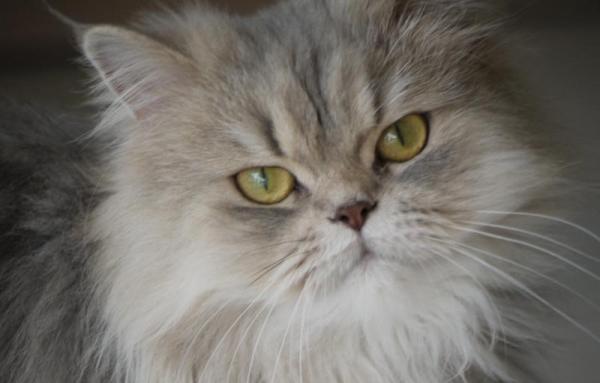
If you want to read more articles similar to Care of the Persian cat, we recommend that you enter in our Basic Care section.


